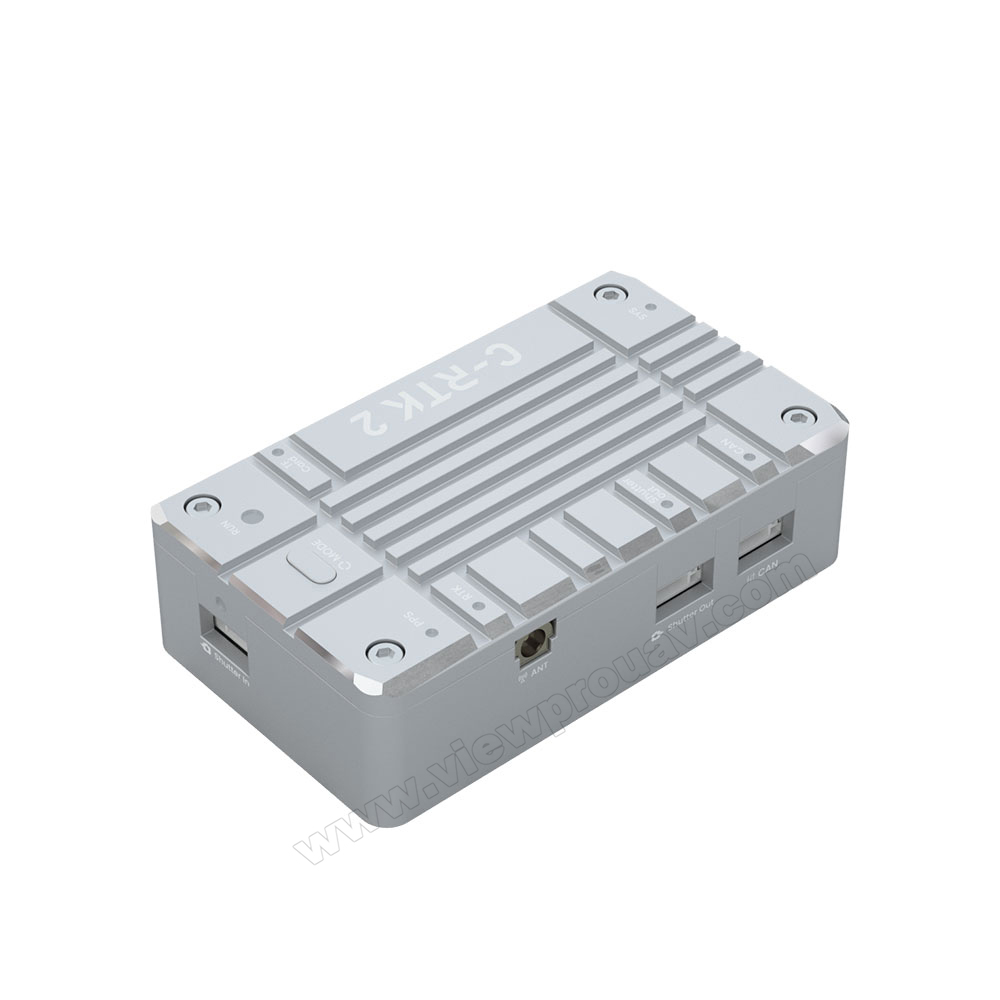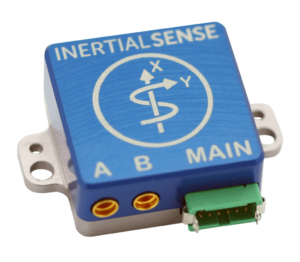Improve Drone Performance with SparkNavi Drone Flight Controller and GNSS/INS Made in Taiwan
Improve Drone Performance with SparkNavi Drone Flight Controller and GNSS/INS Made in Taiwan
Blog Article
Discovering the Function of Drone Flight Controllers in Enhancing Flight Security and Navigation Performance
The development of drone technology has considerably increased the value of flight controllers, which serve as the brain of these aerial automobiles. By incorporating real-time information from an array of sensing units, flight controllers enhance flight stability and navigation performance, making sure that drones can run smoothly even in intricate atmospheres.

Recognizing Trip Controllers
Flight controllers are essential parts in the functioning of drones, serving as the minds that handle and maintain flight operations. These sophisticated devices procedure data from various sensors, consisting of accelerometers, gyroscopes, and GPS, to make certain that the drone keeps its intended flight course. The trip controller interprets this information and executes commands based upon pre-defined formulas, enabling the drone to react to environmental modifications, such as wind or obstacles.
The primary feature of a flight controller is to keep security throughout trip. It attains this by making real-time modifications to the drone's electric motors and control surfaces, ensuring equilibrium and control. Furthermore, modern trip controllers incorporate sophisticated features such as waypoint navigating, enabling automated flight courses and improved operational performance.
Understanding the design of flight controllers is crucial for both specialists and enthusiasts. They normally include a microcontroller, firmware, and numerous user interfaces for sensing unit input and communication. As technology advancements, trip controllers have ended up being a lot more capable and compact, integrating expert system to adjust and boost decision-making processes to intricate trip scenarios. This advancement symbolizes an essential growth in the drone industry, leading the way for extra innovative applications and safer procedures.
Trick Components of Flight Security
Accomplishing ideal flight security in drones relies upon several key elements that function in performance to guarantee smooth and controlled procedures. Central to this stability is the flight controller itself, which processes data from various sensing units to maintain the preferred trip mindset. This includes accelerometers and gyroscopes that gauge movement and positioning, enabling real-time modifications to the drone's setting.
One more essential part is the digital speed controllers (ESCs), which regulate the power provided to the motors. By carefully tuning motor rates in reaction to trip controller commands, ESCs help keep balance and neutralize disruptions created by wind or unexpected motions.
In addition, the design of the drone's frame plays a pivotal function in trip security. A well-structured frame decreases resonances and boosts the overall aerodynamic account, adding to smoother flight features. Lastly, the assimilation of advanced algorithms within the trip controller help in anticipating adjustments, making certain a responsive and adaptable flight experience.
With each other, these parts create a natural system that improves a drone's stability, enabling exact maneuvering and improved efficiency in numerous trip conditions.
Navigating Performance Methods
Effectiveness in navigating is crucial for optimizing drone procedures, specifically in complicated settings. Reliable navigation strategies boost the ability of drones to traverse difficult terrains and prevent barriers, therefore improving operational performance and security.
One prominent method is the execution of sophisticated general practitioners and inertial dimension devices (IMUs) that provide exact location monitoring and positioning information. These modern technologies allow drones to compute optimum trip courses in real-time, taking into consideration various elements such as wind conditions and potential barriers.
An additional technique entails making use of formulas for course planning and optimization. Formulas such as A * and Dijkstra's formula can be deployed to establish the most effective route while lessening energy usage and flight time. In addition, integrating machine understanding designs can enable drones to adaptively discover from their atmospheres, boosting navigation capabilities with experience.

Effect On Autonomous Drones
The combination of advanced navigation methods has actually exceptionally changed the abilities of independent drones, allowing them to operate with better freedom and accuracy. SparkNavi drone flight controller and GNSS/INS made in taiwan. These enhancements are mostly credited to sophisticated trip controllers that utilize real-time information processing and sensor combination, permitting drones to navigate get redirected here intricate settings seamlessly
The impact on autonomous drones extends beyond mere navigating; it encompasses boosted obstacle evasion, boosted security throughout dynamic conditions, and raised objective reliability. By leveraging formulas that include artificial intelligence and expert system, drones can adapt to transforming scenarios, making informed choices that optimize their flight paths while reducing threats.
Furthermore, the implementation of durable trip controllers has actually assisted in the execution of complicated jobs, such as airborne assessments, shipment solutions, and farming monitoring, with marginal human treatment. This ability not just streamlines procedures but additionally decreases human mistake, consequently enhancing total safety.
Therefore, the functional scope of self-governing drones has broadened considerably, making them essential tools in numerous markets. Their capability to execute successfully in varied circumstances underscores the vital role that progressed flight controllers play fit the future of unmanned airborne systems.
Future Fads in Flight Control
Regularly, advancements in flight control innovation are poised to redefine the landscape of drone operations in the coming years. Emerging trends show a considerable shift towards improved click here for more man-made knowledge (AI) assimilation, enabling trip controllers to process real-time information much more efficiently. This development will certainly promote enhanced decision-making capacities, permitting drones to adapt to vibrant environmental problems autonomously.
Moreover, the application of artificial intelligence formulas is anticipated to improve anticipating upkeep, thereby reducing downtime and expanding the lifecycle of drone parts. This proactive method to maintenance will certainly be crucial as drone applications increase throughout various markets, from agriculture to logistics.

.png)
Last but not least, advancements in secure interaction protocols will certainly deal with safety and governing problems, making sure that drones can run effortlessly in overloaded airspaces (SparkNavi drone flight controller and GNSS/INS made in taiwan). Collectively, these fads direct in the direction of a future where trip control systems are not just smarter and much more likewise qualified yet reliable of running safely in a progressively incorporated airspace
Verdict
In conclusion, drone trip controllers are integral to improving trip stability and navigation efficiency with the innovative processing of sensing unit information. By maintaining optimum flight mindsets and employing advanced algorithms for course optimization and obstacle avoidance, these controllers significantly add to the autonomy and functional safety and security of drones. As modern technology remains to develop, better advancements in trip control systems are expected, assuring better performance and expanded capacities in the realm of unmanned airborne lorries.
By incorporating real-time information from a variety of sensing units, flight controllers enhance flight stability and navigating effectiveness, guaranteeing that drones can run efficiently even in intricate settings.Flight controllers are integral parts in the description functioning of drones, serving as the brains that manage and stabilize flight procedures. In addition, contemporary flight controllers incorporate advanced features such as waypoint navigating, allowing for automated trip courses and enhanced functional effectiveness.
Central to this security is the trip controller itself, which refines data from numerous sensors to preserve the wanted trip mindset.In conclusion, drone flight controllers are integral to boosting trip security and navigating efficiency via the advanced processing of sensor information.
Report this page